Jeg leste nettopp på det danske nettstedet «Katolsk Tradition» om «Paix Liturgique» som nettopp har fått en svensk avdeling – SE HER.
«Paix Liturgique» arbeider for at begge former av den katolske liturgi skal kunne feires alle steder, og så langt jeg kan se drives arbeidet av lekfolk – og startet i Frankrike i 2003. (engelsk avdeling i 2009) Kanskje noen lesere vet mer om dette?
Den svenske avdelingen av «Paix Liturgique» har bl.a. oversatt til svensk pave Benedikts motu proprio om den gamle messen og instruksjonen Universæ Ecclesiæ – fra den siste tar jeg med et utdrag:
”Cœtus fidelium” (jmf. motu propriot Summorum Pontificum, art. 5 § 1)
15. En cœtus fidelium (grupp av troende) jämlikt motu propriot Summorum Pontificum art. 5 § 1 skall anses vara stabiliter exsistens (finnas till mera varaktigt) så länge som gruppen består av församlingsmedlemmar som samlats på grundval av sin vördnad för liturgin firad enligt usus antiquior och efterfrågar att denna firas i församlingskyrkan, ett oratorium eller ett kapell – även om gruppen bildas efter att motu propriot utfärdades. En cœtus fidelium kan även bestå av individer från olika församlingar och stift som på redan nämnda grundval samlas i en församlingskyrka, ett oratorium eller ett kapell.
16. Om en präst då och då uppsöker en given församlingskyrka eller ett kapell åtföljd av ett antal troende i syfte att fira den extraordinarie formen jämlikt art. 2 och 4 i motu propriot Summorum Pontificum skall kyrkoherden eller kapellets rektor bevilja dem den saken, försåvitt den aktuella kyrkans ordinarie gudstjänsttider så medger.
17. § 1. Kyrkoherden, kapellets rektor eller den på annat sätt ansvarige prästen skall i varje enskilt fall överväga förfrågan med prudentia, och därvid låta sig styras av en anda av pastoral omsorg och generöst välkomnande.
§ 2. I fall av mycket små grupper skall man vända sig till den berörde ordinarien, vilken kommer att anvisa en lämplig kyrka i vilken de troende kan samlas för firanden av detta slag, så att deltagande underlättas och den heliga mässan firas värdigare.
18. Också vid helgedomar och vallfartsorter skall möjligheten att fira enligt den extraordinarie formen, så länge som det finns en kvalificerad präst, erbjudas de grupper av pilgrimer som så önskar (jmf. motu propriot Summorum Pontificum, art. 5 § 3).
19. De troende som efterfrågar firandet av den extraordinarie formen får aldrig vare sig understödja eller tillhöra grupper som antingen förnekar att firandet av den heliga mässan och övriga sakrament enligt den ordinarie formen är giltigt och legitimt, eller vägrar erkänna påven som den världsvida kyrkans högste herde.
”Sacerdos idoneus” (jmf. motu propriot Summorum Pontificum, art. 5 § 4)
20. Kriterierna för att en präst skall betraktas som ” idoneus” (kvalificerad) för firandet av den heliga mässan i den extraordinarie formen är följande:
a) en katolsk präst, som inte är förhindrad av den kanoniska lagen7, skall anses idoneus (lämplig, kvalificerad) för firandet av den heliga mässan enligt den extraordinarie formen;
b) vederbörande måste ha grundläggande kunskaper i latin, så att han förmår uttala orden korrekt och förstår deras innebörd;
c) varje präst, som av sig själv infinner sig för firandet av den extraordinarie formen och därtill redan firat den tidigare, skall anses behärska ritens genomförande.

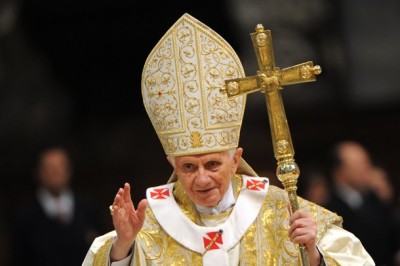

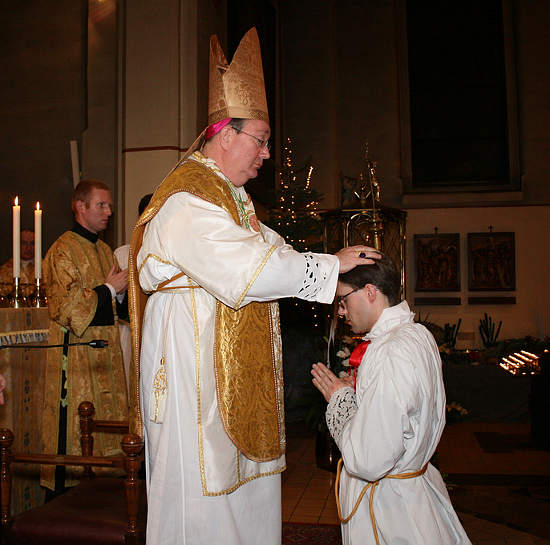

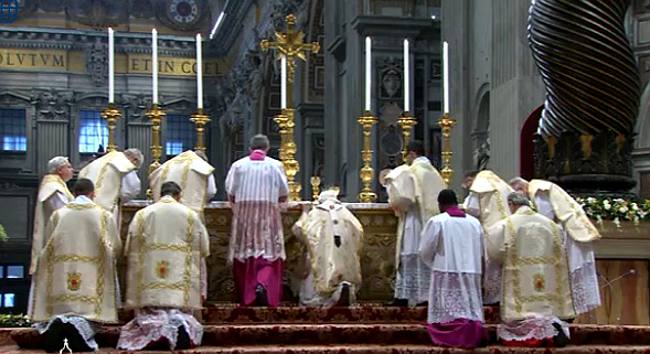
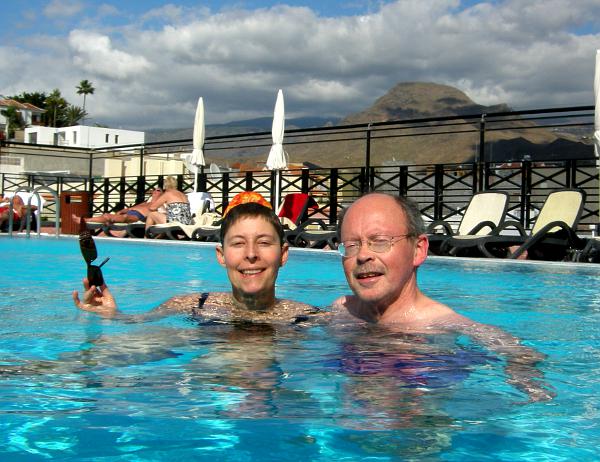
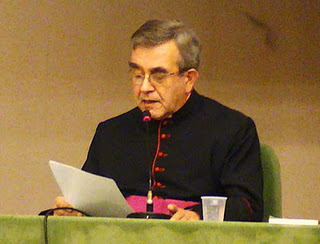 NLM skriver mer om Una Voces 20. generalforsamling i Roma i november,
NLM skriver mer om Una Voces 20. generalforsamling i Roma i november,